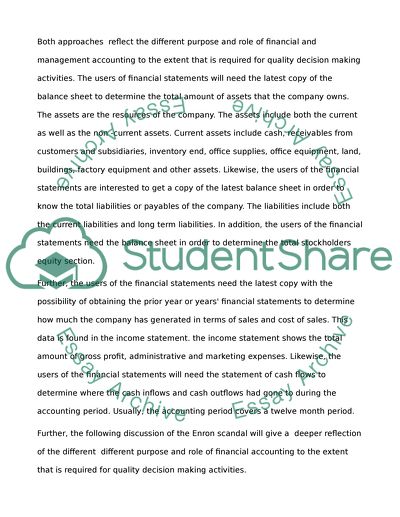Cite this document
(“Financial Accounting has become increasingly standardised and Essay - 1”, n.d.)
Financial Accounting has become increasingly standardised and Essay - 1. Retrieved from https://studentshare.org/miscellaneous/1545226-financial-accounting-has-become-increasingly-standardised-and-harmonized-across-organizations-in-different-industries-while-management-accounting-continues-to-be-highly-variable
Financial Accounting has become increasingly standardised and Essay - 1. Retrieved from https://studentshare.org/miscellaneous/1545226-financial-accounting-has-become-increasingly-standardised-and-harmonized-across-organizations-in-different-industries-while-management-accounting-continues-to-be-highly-variable
(Financial Accounting Has Become Increasingly Standardised and Essay - 1)
Financial Accounting Has Become Increasingly Standardised and Essay - 1. https://studentshare.org/miscellaneous/1545226-financial-accounting-has-become-increasingly-standardised-and-harmonized-across-organizations-in-different-industries-while-management-accounting-continues-to-be-highly-variable.
Financial Accounting Has Become Increasingly Standardised and Essay - 1. https://studentshare.org/miscellaneous/1545226-financial-accounting-has-become-increasingly-standardised-and-harmonized-across-organizations-in-different-industries-while-management-accounting-continues-to-be-highly-variable.
“Financial Accounting Has Become Increasingly Standardised and Essay - 1”, n.d. https://studentshare.org/miscellaneous/1545226-financial-accounting-has-become-increasingly-standardised-and-harmonized-across-organizations-in-different-industries-while-management-accounting-continues-to-be-highly-variable.


